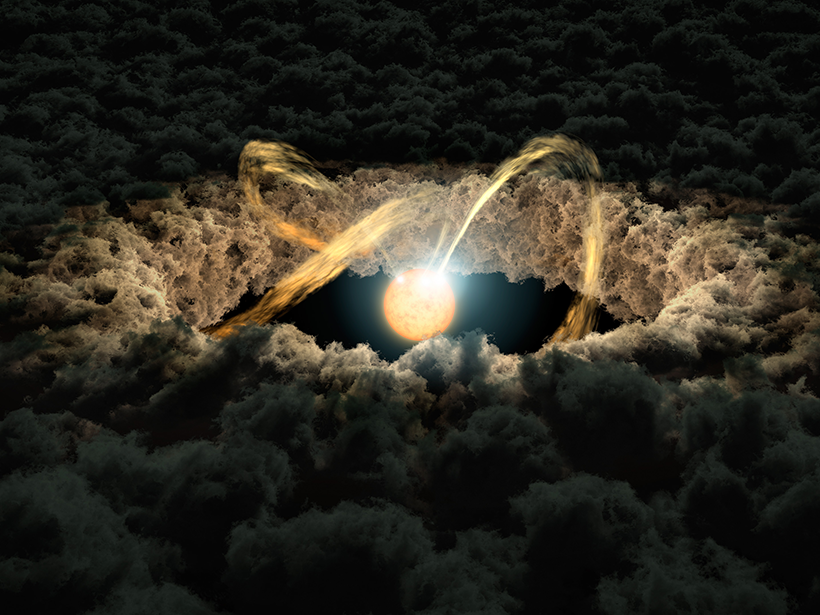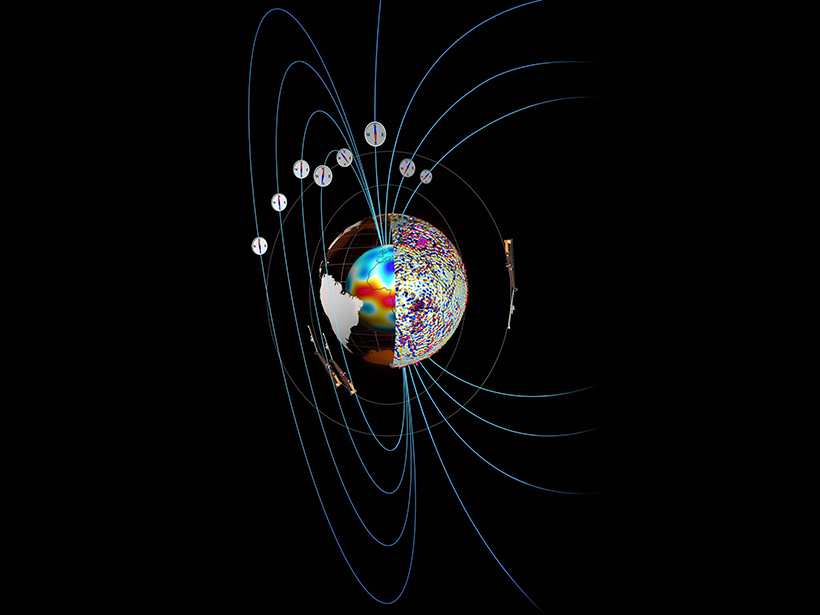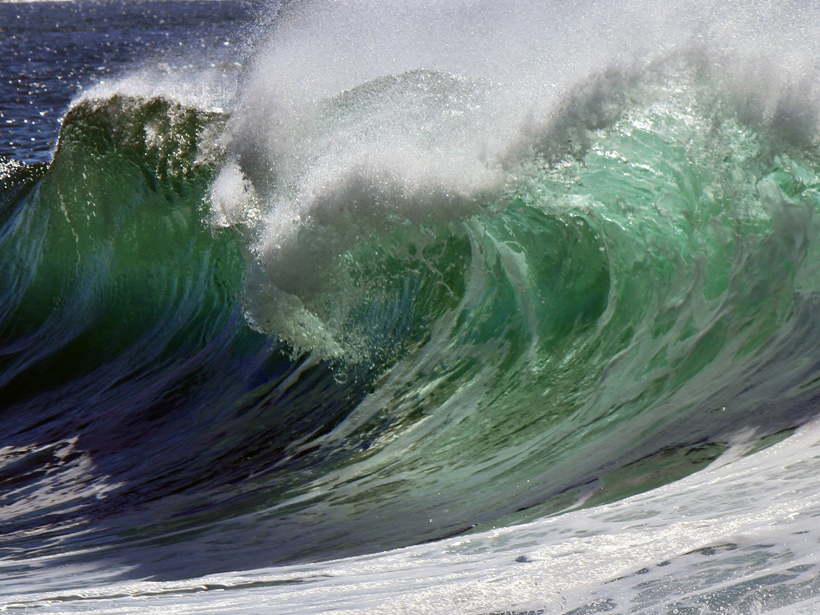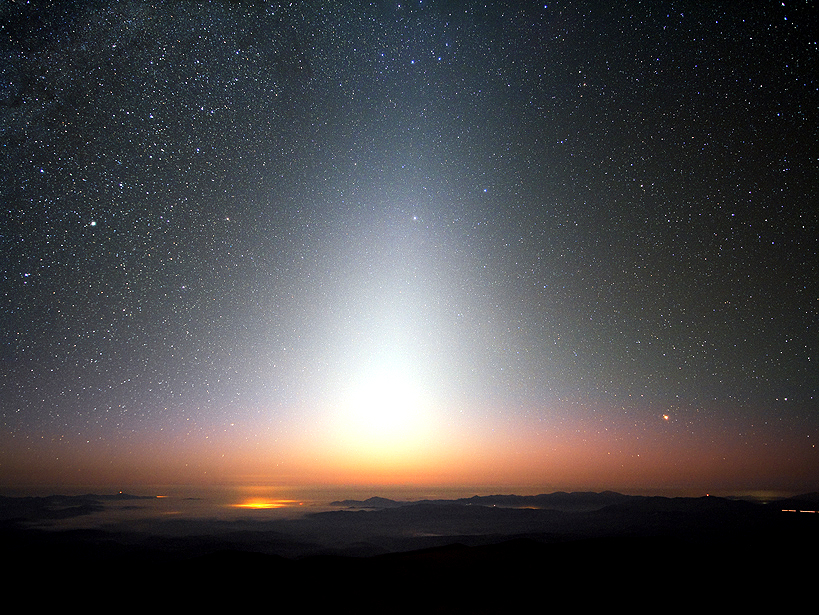The elongated tail of the SU Aurigae protoplanetary disk was likely formed as a result of a flyby from a substellar object.
cosmic dust
Posted inScience Updates
The Swarm Satellite Trio Studies Earth and Its Environment
8th Swarm Data Quality Workshop; Frascati, Italy, 8–12 October 2018
Posted inResearch Spotlights
Where Are the Electrical Currents in the Enceladus Plume?
A plume of water ice that escapes Saturn’s moon Enceladus should be coursing with electrical currents, but data are mixed. Now simulations suggest that a sticky dust cloud may shield signals.
Posted inNews
Earth's Water Came from Space Dust During Planetary Formation
A new analysis of lava from the deep mantle indicates that water-soaked dust particles, rather than a barrage of icy comets, asteroids, or other bodies, delivered water to the newly forming Earth.
Posted inResearch Spotlights
Shooting Stars and Cosmic Dust Help Form Clouds, Fertilize Plankton
Tons of cosmic dust enter Earth’s atmosphere each day, triggering a range of phenomena that scientists are only just beginning to understand.





